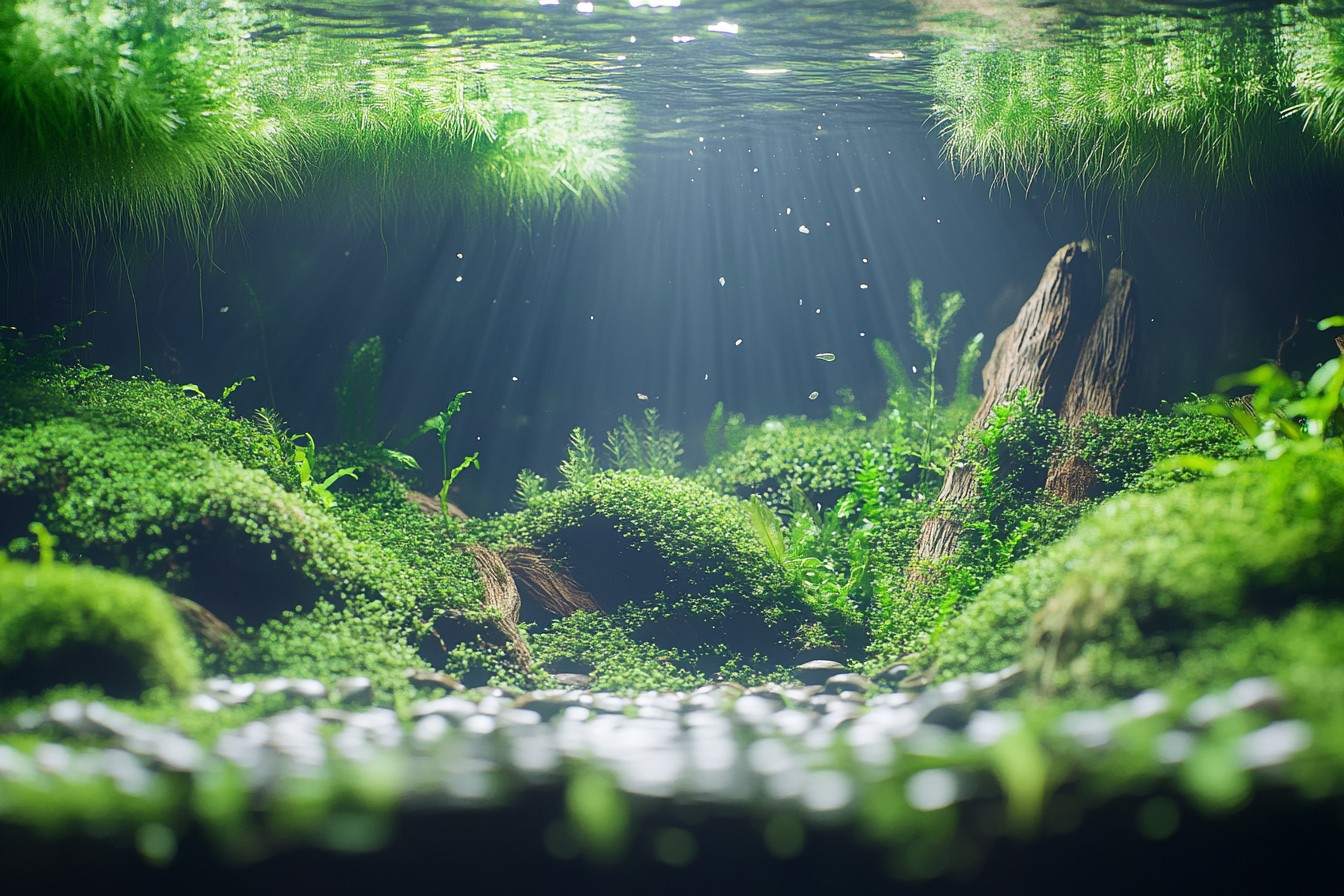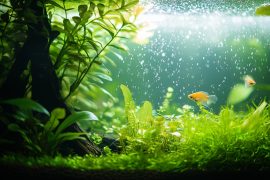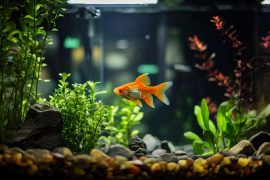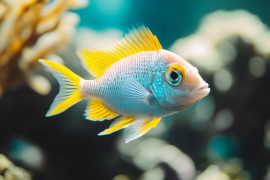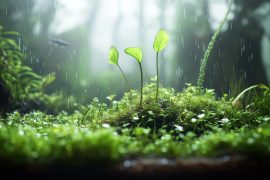The day I truly understood water flow in aquariums, I was lying flat on my stomach on the floor of a public aquarium in Tokyo at 5:30 in the morning. The facility wasn’t open to visitors yet—I’d pulled some strings with a former colleague who now managed their freshwater biotope displays. Most people visiting public aquariums are immediately drawn to the centerpiece species—the colorful fish, the architectural coral formations, the dramatic hunting behaviors.
But I was there before opening hours to study something most visitors never notice: the water itself. I spent three hours watching the carefully orchestrated current patterns in their award-winning planted Amazonian display. The tank was massive—something like 600 gallons—but the principles at work would apply just as well to the 40-gallon setup in my apartment.
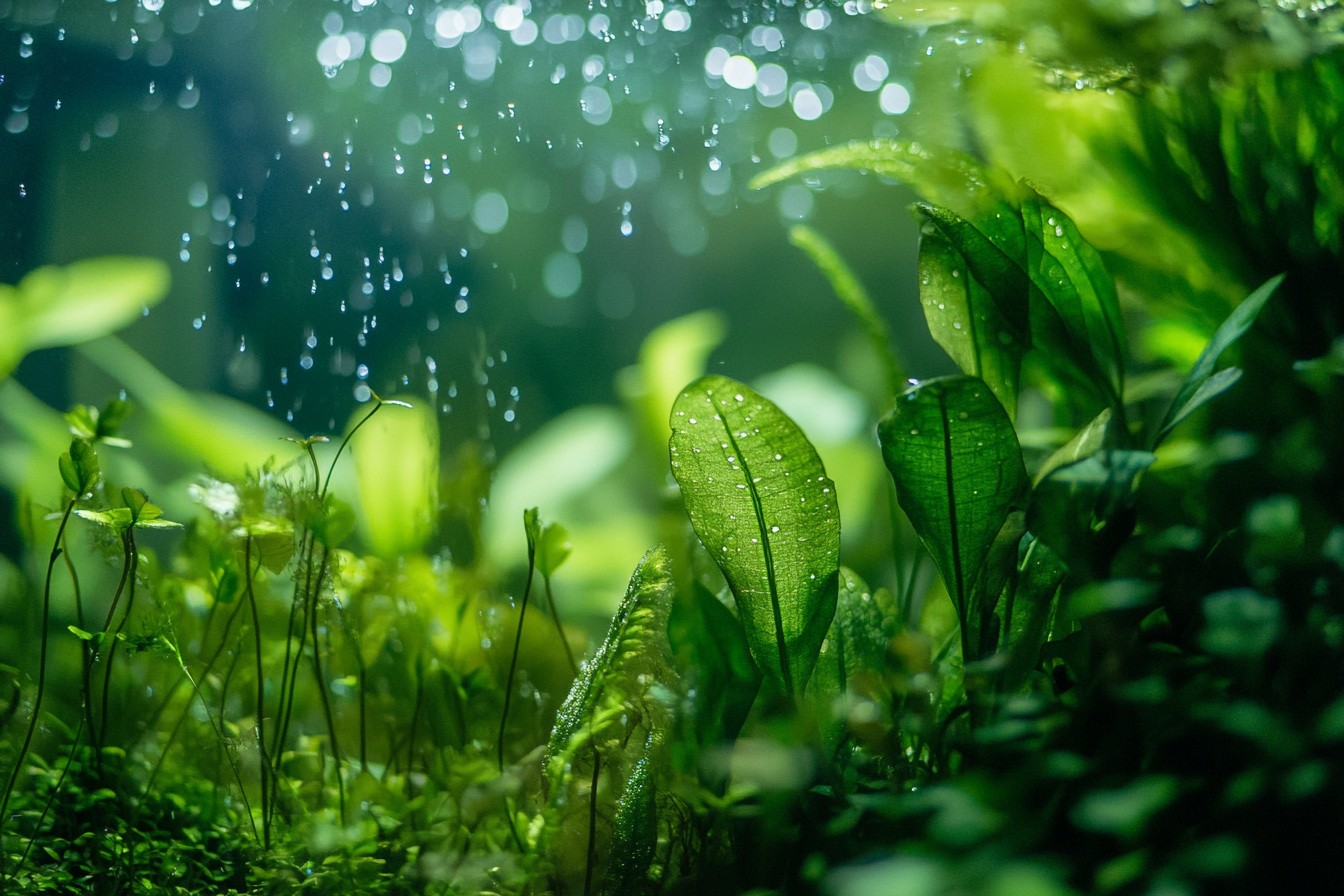
The lead aquarist had arranged multiple return outlets and circulation pumps to create what he called “nested rotational patterns” throughout the tank. The effect was mesmerizing. Schools of cardinal tetras held position in certain zones without visible effort.
Detritus never settled, instead collecting predictably in specific areas for easy removal. Most impressively, every plant gently swayed—not in uniform direction like troops marching, but in varied patterns that somehow looked perfectly natural. “Flow is life,” he told me simply, when I asked what percentage of his maintenance time went into adjusting and maintaining these circulation patterns.
It was a philosophical answer, but also a literal one. Without proper water movement, oxygen doesn’t reach where it’s needed. Waste products don’t leave.
Nutrients don’t circulate. Plants don’t photosynthesize efficiently. In a very real sense, water flow is the circulatory system of an aquascape—invisible but absolutely critical.
Most hobbyists, myself included for many years, approach water flow as an afterthought. We focus on lighting for plant growth, filtration for waste removal, and CO2 for carbon supplementation. Then we add a powerhead or two if things look stagnant, pointing them in whatever direction seems reasonable at the moment.
This casual approach to circulation is like installing a sophisticated home theater system and then playing the audio through your phone’s speaker—you’re undermining every other investment you’ve made. The most fundamental aspect of water flow that escapes many aquarists’ attention is the difference between laminar and turbulent flow. Laminar flow moves in parallel layers with minimal disruption between them—like traffic lanes on a highway.
It’s efficient for moving water from point A to point B, but terrible for gas exchange and nutrient distribution. Turbulent flow, with its chaotic eddies and micro-currents, creates vastly more surface area for gas exchange within the water column itself. My first deliberate experiment with turbulent flow came after that Tokyo visit.
I reconfigured the outflow of my canister filter, replacing the standard spray bar with a lily pipe positioned to create a vortex effect at the water surface. The result was immediate and dramatic—not just in terms of surface agitation for oxygen exchange, but in the way it created secondary and tertiary current patterns throughout the tank. My dissolved oxygen readings jumped by nearly 20%, measured with an electronic meter I’d splurged on after becoming obsessed with flow dynamics.
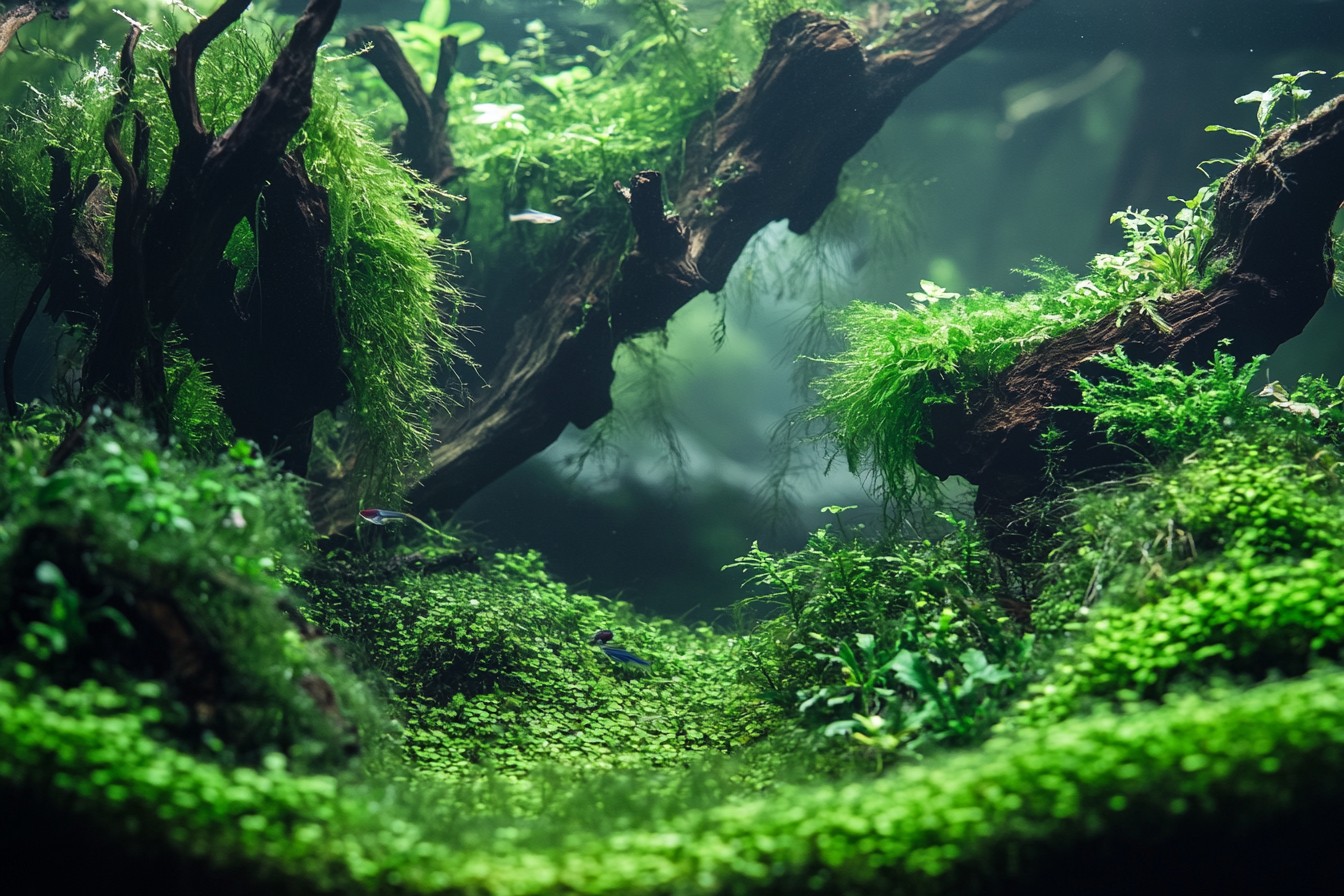
That obsession led me down some strange research paths. I found myself reading fluid dynamics papers, studying reef crest wave patterns, and watching endless videos of river systems. The most valuable insights, surprisingly, came from studying natural river systems rather than reef environments.
In rivers, you find complex flow patterns—areas of high current around obstructions, slack water zones on the downstream side of rocks, spiral eddies where tributary streams join. These natural patterns support incredibly diverse microhabitats within short distances of each other. Applying these principles to aquascaping requires thinking of hardscape not just as visual elements but as flow directors.
A carefully placed rock doesn’t just look attractive—it splits current, creates sheltered areas, and directs flow to other parts of the tank. Driftwood isn’t just sculptural; its complex branching structure creates micro-turbulence that’s perfect for gas exchange. Even substrate contours can be shaped to influence flow patterns, with deeper areas naturally creating different current characteristics than shallow regions.
I discovered the hard way that improper flow can completely undermine an otherwise perfect aquascape. My 90-gallon Dutch-style planted tank was a technical masterpiece—perfect lighting, ideal substrate, meticulously maintained CO2 levels—but it suffered mysterious dead spots where plants simply refused to thrive. Water testing revealed nothing abnormal until I invested in spot-specific dissolved oxygen testing.
The problem zones showed dramatically lower oxygen levels, despite being only inches away from areas with healthy growth. The issue wasn’t chemistry; it was physics. The solution wasn’t more flow, but smarter flow.
I’d been running two powerheads at opposite ends of the tank, creating what I thought was good circulation. In reality, I’d created parallel laminar flow paths with dead spots between them. By replacing those with a single, more powerful circulation pump positioned to create a gentle rotating pattern throughout the entire tank, those dead spots disappeared within days.
Plants that had struggled for months suddenly pearled with oxygen bubbles during photosynthesis. The fish exhibited more natural swimming patterns rather than hiding in certain zones. For densely planted tanks, the concept of “flow lanes” has transformed my approach to aquascaping.
Rather than trying to create uniform current throughout the tank, I deliberately design open corridors where water can move more freely, interspersed with denser planted areas. This variation mimics natural river systems where main channels carry the primary current while backwaters and vegetated edges create different flow characteristics. The result is a more natural-looking layout that also functions more effectively.
The surface of the water—that critical boundary between air and liquid—deserves special attention in any discussion of oxygenation. For years, I was a member of the “glass-like surface” school of thought, believing that a perfectly still water surface was the aesthetic ideal. I’ve since abandoned that approach entirely.
The water-air interface is where the vast majority of gas exchange happens in an aquarium. Disrupting that surface through gentle rippling dramatically increases the effective surface area for oxygen to enter and CO2 to exit. My current approach incorporates what I call “daylight cycles” for surface agitation.
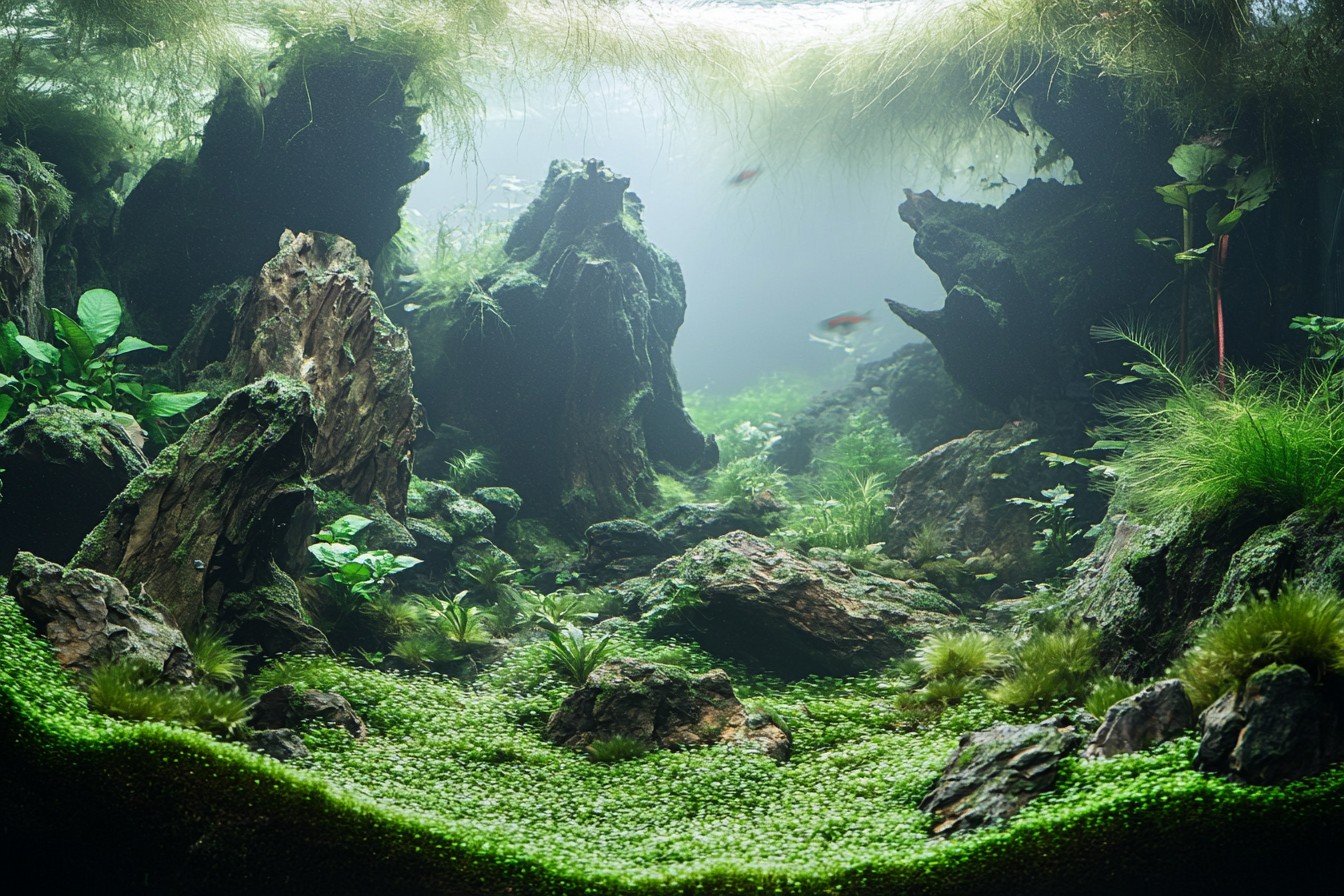
During peak photosynthesis hours when plants are producing oxygen and consuming CO2, I run minimal surface disruption to preserve CO2 in the water column. During evening hours when plants reverse their gas exchange patterns (consuming oxygen and releasing CO2), I increase surface movement substantially using programmable circulation pumps. This mimics natural diurnal patterns in rivers and streams, where wind typically creates more surface agitation during certain parts of the day.
The common belief that surface agitation is the enemy of CO2 injection is only partially correct. Yes, aggressive surface movement will drive off CO2 more quickly, requiring higher injection rates to maintain desired levels. But the trade-off in improved oxygen levels and overall circulation often makes this a worthwhile exchange.
My planted tanks now run higher CO2 bubble rates with better surface agitation, maintaining about 28ppm of CO2 while significantly improving oxygen levels. The plants pearl more dramatically, the fish show better coloration and activity, and algae issues have declined dramatically. Temperature stratification is another often-overlooked aspect of tank circulation.
Water naturally forms temperature layers, with warmer water rising to the top and cooler water settling below. In nature, this thermocline can be significant and ecologically important. In home aquariums, especially planted ones, it’s generally problematic, creating zones of different density that don’t mix properly.
Effective vertical circulation breaks down these layers without creating excessive current that would stress fish or damage delicate plants. My solution involves positioning return flows to create a gentle downward current on one side of the tank and allowing natural convection to create an upward flow on the opposite side. This vertical rotation ensures more uniform temperature throughout the water column while also helping transport oxygen-rich water from the surface to the substrate where beneficial bacteria colonies need it most.
Perhaps the most counter-intuitive discovery I’ve made about water flow is that more isn’t always better. After my initial awakening to the importance of circulation, I went through a phase where I kept adding flow until my tanks resembled whitewater rapids. Fish clung to hardscape to avoid being swept away.
Delicate plant stems bent permanently in the current. The substrate surface eroded in certain spots and piled up in others. It was the aquatic equivalent of a hurricane.
The revelation came while sitting beside a small stream near my parents’ home in Florida. I spent hours watching the water move—how it formed gentle eddies behind rocks, created micro-currents through root systems, and maintained areas of almost perfect stillness just inches away from rapid current. The fish and invertebrates exploited these varied flow environments, moving between them for different activities.
The ecosystem wasn’t defined by uniform flow but by flow diversity. My tanks now incorporate multiple circulation zones—areas of stronger current where oxygen-loving species can thrive, sheltered regions where more delicate organisms can rest, and everything in between. This approach not only supports a wider variety of aquatic life but creates a more natural-looking environment where organisms position themselves as they would in nature.
The science of water flow remains one of the most underappreciated aspects of aquarium keeping. We can see the effects of light, measure the impacts of chemistry, and observe the growth of plants and animals. But the movement of water itself—that invisible, constant circulation that connects every part of an aquatic ecosystem—too often escapes our attention until problems arise.
Master this hidden dimension of aquascaping, and everything else becomes easier. Ignore it, and you’ll forever be fighting against physics, no matter how perfect your other parameters might be. As my Japanese colleague said so simply: Flow is life.
